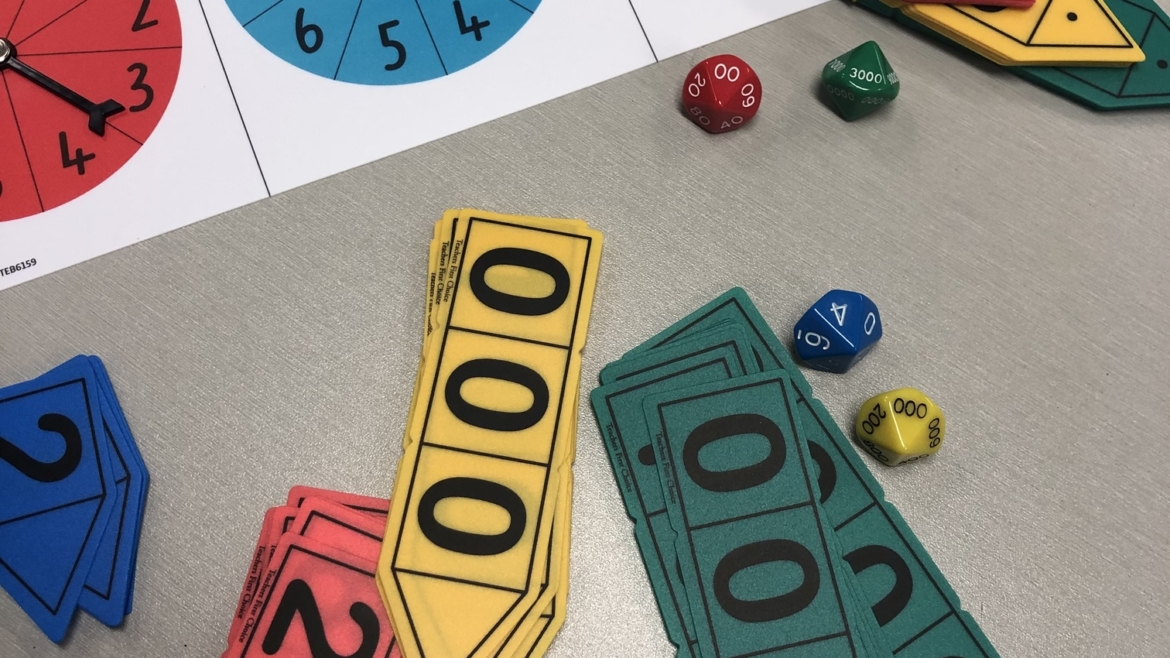Take the number 5. What actually does it mean? Many of you will be racking your brain to try to answer this. Numbers are abstract. Written numbers are numerals that represent the numbers. A strange thing to get your head around, especially as a Kindergarten child! To allow children to begin to understand the concept of numbers, it is obvious that we need to start with something that they do understand – real life objects.
You may ask yourself where do you start? Back in the “olden days”, before the numerical system, how did people count things? For instance, shepherds would need to keep track of their sheep without knowing the number system. So how did he count the sheep? A solution could be that he used stones to count the sheep which are concrete objects. This would develop his 1 to 1 correspondence which is in fact taught in Kindergarten today!
Maths resources can come in all shapes and sizes from toy cars to base ten to pom pom to Numicon! However, children at school may see using maths resources as “playing” or for the children that “need extra support”. But, maths resources can be used as a great tool to extend and accelerate children’s learning as well as support them. A child that finds the abstractness of Maths easy will often find applying their knowledge to concrete objects very challenging. That’s why it is so important to break down current stigmas around the use of maths resources and develop a positive mindset.
Thinking back to school, many of you may remember Maths as dry and boring. Should our children have that same experience? Multi-sensory learning has long been understood to be the most effective way to help the brain take on new ideas. Why not use this approach in Maths?
Here at Discover Learning, we believe that resources play an integral role in supporting and extending children’s mathematical learning.




